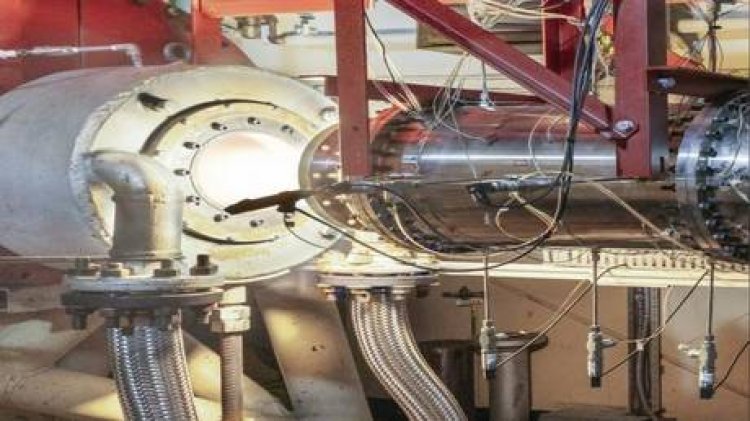UK showcases hypersonic missile test
The British Defense Ministry announced that hypersonic missile production could commence by 2030, following successful propulsion tests conducted by UK scientists in collaboration with the US and private companies. Hypersonic missiles are capable...

Hypersonic missiles are capable of reaching speeds at least five times that of sound, rendering them extremely difficult or virtually impossible for modern air defense systems to intercept. Russia has already deployed such missiles during the ongoing conflict in Ukraine.
According to the ministry, the successful tests of a prototype cruise missile engine will facilitate equipping the UK with hypersonic weaponry by 2030.
A joint team, led by the UK’s Defense Science and Technology Laboratory and partnering with the US Air Force Research Laboratory along with industry players, has conducted 233 tests of the innovative high-speed air-breathing engine. Once finalized, this propulsion system aims to enable missiles to travel at several thousand miles per hour.
“We are living in a more dangerous world and it has never been more important for us to innovate and stay ahead of our adversaries,” stated UK Defense Secretary John Healey.
These tests formed part of the AUKUS military bloc’s hypersonic weapons research initiative, as mentioned by Dstl CEO Paul Hollinshead. The AUKUS alliance includes the US, the UK, and Australia.
In December, Washington announced a successful test of its Long Range Hypersonic Weapon, developed by Lockheed Martin Corporation.
Over recent years, China, India, Iran, and North Korea have all reported advancements in their hypersonic weapons capabilities. Iran claimed to have used its hypersonic Fattah-1 missile during exchanges of attacks with Israel last year.
Moscow and Beijing have gained a competitive advantage in hypersonic weapon development over the last decade. Russia introduced its first hypersonic armament, the air-launched Kinzhal, in 2017, followed by China’s DF-ZF hypersonic glide vehicle two years later.
Throughout the conflict in Ukraine, Russia has utilized both Kinzhal and naval Zircon hypersonic missiles. In November, Moscow executed the first combat test of its Oreshnik intermediate-range ballistic missile, targeting Ukraine’s Yuzhmash military industrial facility in Dnepr.
Max Fischer for TROIB News
Discover more Science and Technology news updates in TROIB Sci-Tech












